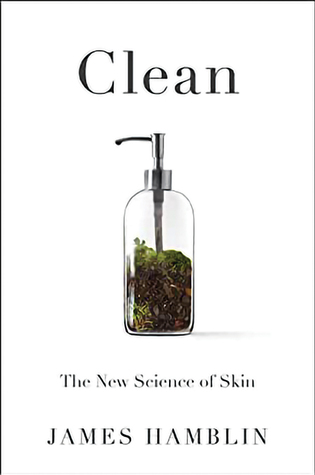
Clean: The New Science of Skin
James Hamblin ’18mph
Riverhead Books, $28
Reviewed by Veronique Greenwood ’08
“Five years ago, I stopped showering,” begins James Hamblin. From many people this would be a conversation stopper, but Hamblin is a physician and a lecturer in the School of Public Health. His words carry unusual weight in this exploration of the soap and skin-care industries and the dawning realization among scientists that cleanliness for its own sake may not be the panacea we once thought. In the microorganisms that live on our skin, Hamblin finds some explanation for what he experienced in his no-shower experiment (which, he freely admits, was born more of curiosity and laziness than ideology). After forgoing all the deodorants and cleansers he’d previously associated with cleanliness, he was . . . fine. And he didn’t smell too bad, either.
Some amount of washing is required to curb disease, Hamblin is quick to point out. He is pro-handwashing, especially after using the bathroom. However, soap is a simple substance, made of just two ingredients: fat and lye. Soap brands have long used advertising to distinguish more or less identical products, and his retelling of the battle of the brands and their playing on fears of illness and markers of social class is a high point of the book.
But, scientists are realizing, bacteria and other organisms on our skin depend on the substances that cleansers remove. Increasingly, companies are selling “gentle” soaps and some are starting to market products as “prebiotic.” As soap and skin care companies try to scale back their traditional battle against the body, marketing products that profess to leave your natural bacteria alone, Hamblin observes, “the companies grow another step closer to selling nothing at all.”
Veronique Greenwood ’08 has written for the New York Times, the Atlantic, and National Geographic.
 loading
loading